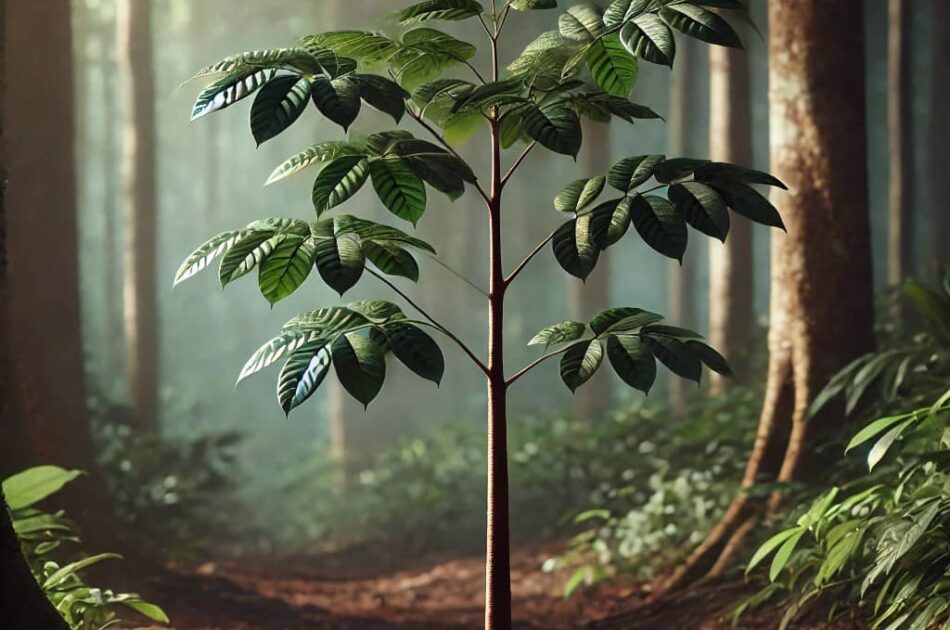GOOD TO KNOW ABOUT THE EBONY


Origin
The ebony tree is native to the humid coastal rainforests of India and Sri Lanka. Due to its slow growth and value as a timber tree, this tree species is becoming increasingly rare in its natural range, where it is considered an endangered species, according to “Tropical and Subtropical Trees”.
What is ebony?
Ebony is a dark brown to jet-black wood prized for its color, hardness and density. The wood is highly prized for piano keys, oboes, clarinets and even bagpipes. What are the virtues of ebony?
Ebony is one of the hardest woods in the world. It has medicinal properties (anti-inflammatory, antioxidant, antiseptic) and its essence is used in perfumery and cosmetology (essential oil). It is also used to make bowling balls.
What are its characteristics?
Growing up to 65 feet tall and almost as wide, ebony’s structure is dense and rounded when young, but becomes more open and massive with age. Always slow-growing, its medium-green, tinted leaves have a satiny feel and are oblong in shape. Male and female flowers are found in spring hidden among the tree’s leaves, are tiny and unornamental but pleasantly fragrant. Female flowers become golf-ball-sized fruits with velvety, rusty-brown skin; botanically, they are considered a berry. The finely crusted bark on ebony trees is very dark gray to almost charcoal black, often covered with moss and lichen.
Ebony grows in tropical regions of Africa and Asia and produces a wood ranging in color from dark brown to black, generally very homogeneous; ebony is a fat, fine-grained wood that feels very soft to the touch.